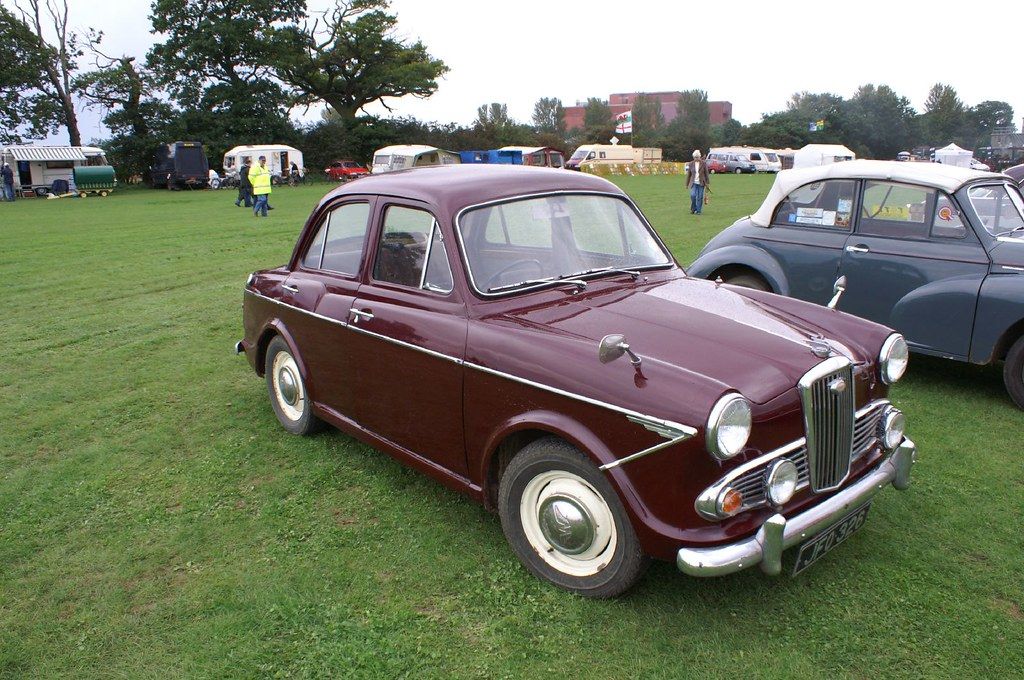
Alright, let’s talk about something every electric scooter owner cares about: battery life. You know, that sinking feeling when you realize your trusty ride isn’t holding a charge like it used to? Yeah, we want to avoid that. Keeping your scooter battery happy and healthy for the long haul is not just about avoiding problems; it’s about maximizing your investment and ensuring reliable performance day after day.
Electric scooters have become a cornerstone of urban mobility, offering a convenient, eco-friendly, and exhilarating way to navigate our cities. However, the heart of any electric scooter is its battery, and understanding how to properly care for it is paramount. Just like any sophisticated piece of technology, batteries require specific attention to maintain their capacity and efficiency over time. Neglecting these crucial aspects can lead to premature degradation, reduced range, and ultimately, a shortened lifespan for your beloved scooter.
This in-depth guide is designed to empower you with the knowledge and actionable steps needed to extend your electric scooter’s battery life significantly. We’ll delve into the science behind battery degradation, explore optimal charging and storage practices, discuss the impact of your riding style, and outline essential maintenance tips. By implementing these strategies, you can prevent your battery from becoming a “sink” and keep your scooter zipping along efficiently for many more miles to come. Let’s get into the specifics of how to keep your ride performing at its best.
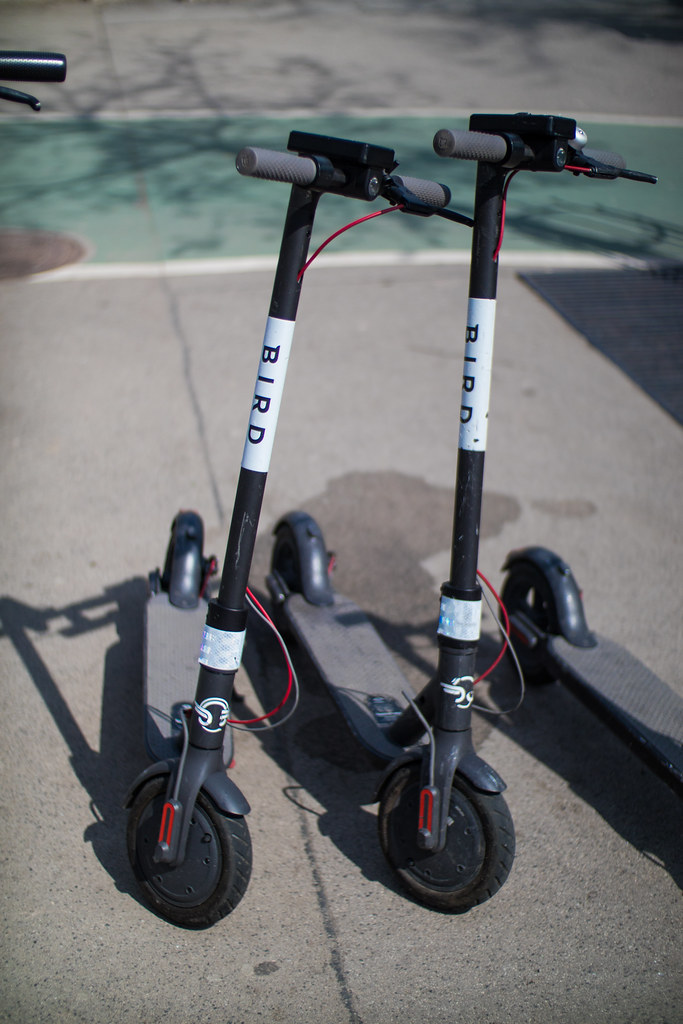
1. **Understanding Electric Scooter Batteries: What’s Inside?**First things first, let’s peek under the hood – metaphorically, of course – and understand the core component that powers your ride. Most electric scooters, much like your smartphone or laptop, utilize lithium-ion batteries. This widespread adoption isn’t by chance; these batteries are highly favored for several compelling reasons that make them ideal for modern portable electronics.
Lithium-ion batteries excel due to their impressive energy density, which allows them to pack a substantial amount of power into a relatively small and compact form factor. This characteristic is critical for electric scooters, where space and weight are at a premium. Their lightweight nature also contributes to the overall efficiency and maneuverability of the scooter, making them a natural fit for this mode of transportation. Furthermore, they offer a good balance of performance and rechargeability, forming the backbone of your scooter’s power system.
However, it’s crucial to understand that while highly efficient, lithium-ion batteries are not immortal. Like all batteries, they are subject to a natural process of degradation over time, which means their capacity to hold a charge will gradually diminish. Recognizing this inherent characteristic is the first step toward proactive battery management. It’s not a flaw in design, but rather a fundamental aspect of battery chemistry that we can influence through proper care.
This inherent degradation is a combination of chemical and physical changes that occur within the battery cells with each charge and discharge cycle. While manufacturers design them for durability, user habits significantly impact how quickly or slowly this process unfolds. By understanding what’s inside and how it works, we can better appreciate the importance of the care practices we’re about to explore.
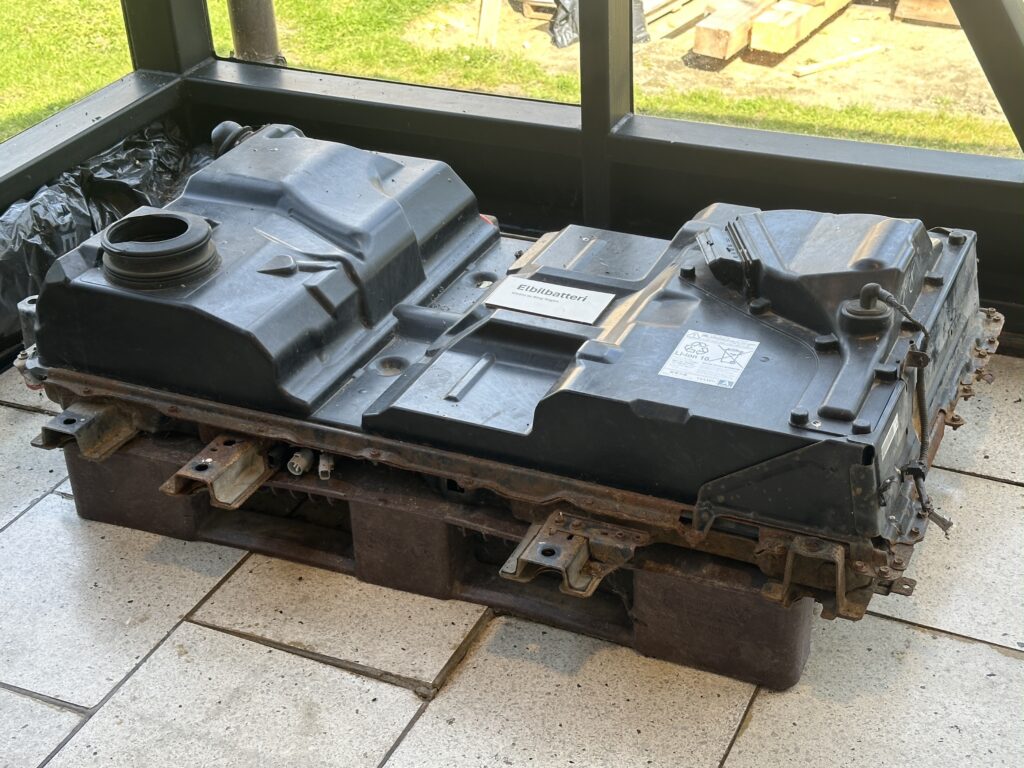
2. **The Science of Battery Degradation & Its Causes**So, why do these sophisticated power packs start to lose their spark over time? Battery degradation refers to the gradual loss of capacity and efficiency in a battery over time, a process that occurs naturally. This isn’t just a random occurrence; it’s a complex chemical dance influenced by various factors that slowly diminish the battery’s ability to store and deliver energy, making your scooter’s range and power output less impressive than when it was new.
At its core, each charge and discharge cycle puts a tiny bit of stress on the battery’s internal components. Think of it like bending a paperclip back and forth repeatedly; eventually, the metal weakens, fatigues, and breaks. Similarly, with each cycle, the internal structure of the lithium-ion battery undergoes microscopic changes, such as the formation of solid electrolyte interphase (SEI) layers, lithium plating, and cracking of electrode materials. These changes collectively reduce the available space for lithium ions to move freely, thereby decreasing the battery’s overall capacity and increasing its internal resistance.
Beyond just the cycling, what are the primary culprits accelerating this process? Well, it’s a combination of factors. Temperature, charging habits, and even storage conditions all play a significant role in the rate at which your battery degrades. For instance, consistently exposing your battery to extreme temperatures, either very hot or very cold, can dramatically speed up the chemical reactions that lead to capacity loss. Charging practices, such as frequently overcharging or deep discharging, also contribute heavily to accelerated wear.
Honestly, ignoring these critical factors is akin to neglecting to change the oil in your car – you might not feel the immediate effects, but the cumulative damage will eventually manifest as reduced performance and a shorter operational lifespan for your scooter. Understanding these causes allows us to implement preventive measures, turning abstract knowledge into actionable steps to preserve your battery’s health and maintain your scooter’s zippy performance for as long as possible.
Read more about: Beyond the Showroom Shine: 10 SUVs That Either Defy or Succumb to Rust, A Crucial Guide for Drivers
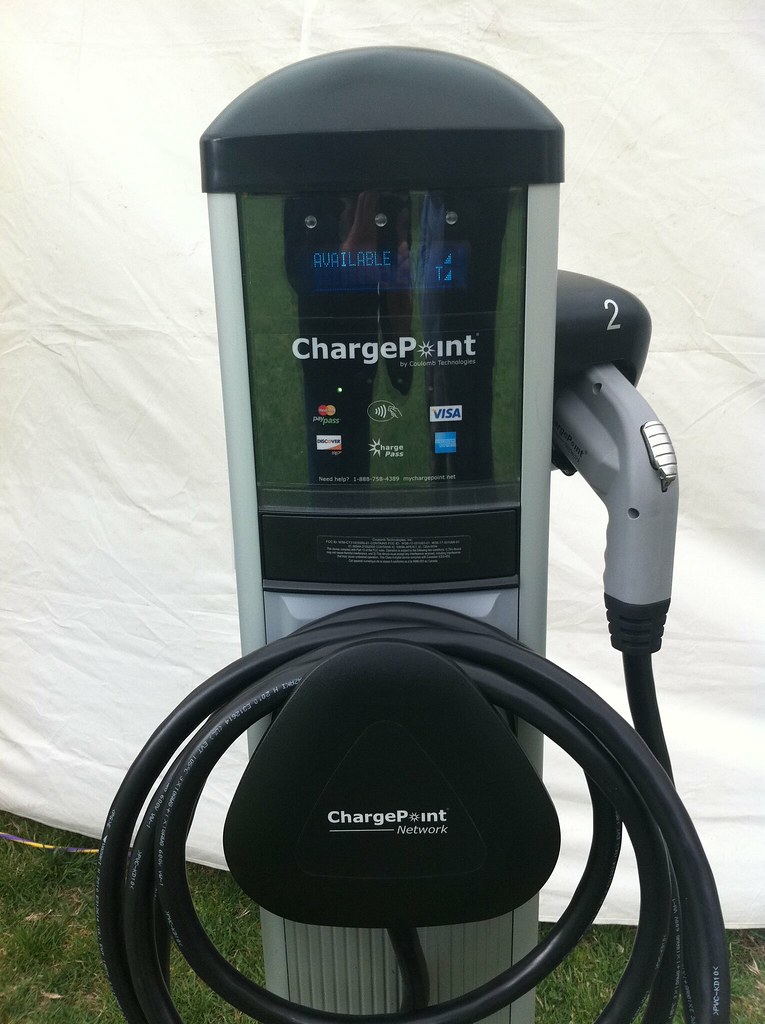
3. **Optimizing Charging Habits: The Sweet Spot, Slow and Steady, and Avoiding Overcharging**Charging is arguably where a lot of us unknowingly make mistakes, impacting our scooter’s battery more than we realize. It’s easy to simply plug in and forget about it, right? However, certain charging habits are undeniably kinder to your battery cells than others, and adopting these can significantly prolong your battery’s functional life. This section delves into the optimal strategies to keep your battery operating at peak efficiency during its most frequent interaction with power.
First, let’s talk about the “sweet spot” – moderation is indeed key when it comes to battery charge levels. Extreme charging habits, specifically consistently keeping your battery at 100% or allowing it to drain completely to 0%, can significantly shorten its lifespan. Both of these extremes add undue stress to the battery cells, straining their chemical structure and accelerating degradation. The ideal approach is to aim for a happy medium; ideally, keeping your battery charge between 20% and 80%. This range minimizes stress and helps prolong the overall health of your battery. Think of it like not overeating or starving yourself – balance is essential for longevity and sustained performance.
Second, consider the pace of your charging. Fast chargers are undeniably super convenient, especially when you’re in a hurry to get back on the road. But did you know they can also generate more heat within the battery? And heat, as we’ll discuss further, is not a battery’s best friend. If you’re not desperately needing that quick boost, try using a standard, slower charger. This method reduces the heat generated during the charging process, placing less strain on the battery’s delicate internal components. It’s like simmering a sauce versus blasting it on high heat – the slower method often yields better results in the long run, ensuring the battery charges more gently and efficiently.
Finally, and critically, watch out for overcharging. Leaving your scooter plugged in long after it has reached 100% is a surefire way to accelerate battery degradation. This phenomenon, often referred to as “trickle charging,” where the battery is constantly topped off, can cause unnecessary stress and heat buildup even if the current is low. While most modern scooters are equipped with built-in protection mechanisms to prevent severe overcharging, it’s still best practice to disconnect the charger once the battery is fully charged. To assist with this, consider using a smart plug with a timer to automatically cut off the power, especially if you have a tendency to forget. Think of it like turning off the tap once your glass is full – there’s no need to let it overflow or constantly top it off beyond its capacity.

4. **Temperature Management: Keeping Your Battery Just Right**Temperature. It sounds simple, but it’s an absolutely HUGE factor in battery health, perhaps one of the most significant external influences on a lithium-ion battery’s lifespan. Think of your scooter battery like a delicate Goldilocks; it doesn’t like it too hot, or too cold, but just right. Maintaining an optimal temperature environment is crucial for preventing accelerated degradation and ensuring consistent performance.
Let’s first address the dangers of extreme heat. Heat is, without exaggeration, a battery’s worst enemy. High temperatures can drastically accelerate the chemical reactions occurring inside the battery cells, leading to a much faster rate of degradation and a noticeable reduction in overall capacity. This isn’t just about immediate performance; it’s about long-term damage that cannot be easily reversed. Therefore, it is imperative to avoid leaving your scooter in direct sunlight for extended periods, especially during hot summer days when temperatures can soar. Storing it in a cool, shaded area is a vastly superior option, protecting it from thermal stress. You know that uncomfortable, overheating feeling when you leave your phone on the dashboard in summer? Ouch. The same principles and detrimental effects apply directly to your scooter’s battery.
On the flip side, while not as immediately destructive as heat, extreme cold isn’t great either. Low temperatures can significantly reduce the battery’s available capacity and diminish its performance. This is because the chemical reactions within the battery slow down in colder conditions, affecting the movement of lithium ions and the efficiency of power delivery. If you live in a cold climate or are approaching winter, it’s wise to store your scooter indoors in a temperature-controlled environment rather than leaving it in an unheated garage or shed. Furthermore, before embarking on a ride in cold weather, it’s beneficial to allow the battery to warm up a bit. This practice is akin to warming up your car engine on a cold morning – it helps everything run smoother and more efficiently, preparing the battery for optimal discharge and reducing strain.
Ultimately, the goal is to find the “just right” temperature zone for your battery. Ideally, you want to keep your battery operating and stored within its manufacturer-recommended temperature range, which is typically specified in the scooter’s manual. This optimal range is generally found to be between 15°C and 25°C (59°F and 77°F). Strive to store and operate your scooter within this comfortable zone to maximize battery life, maintain its charge holding capabilities, and ensure consistent power output. Think of it as creating the perfect, climate-controlled environment for your battery to thrive – not too hot, not too cold, but perfectly balanced for longevity and peak performance.
Read more about: Unveiling the Unseen: Masterful Hidden Messages and Ingenious Features, From Automotive Marvels to Clever Campaigns
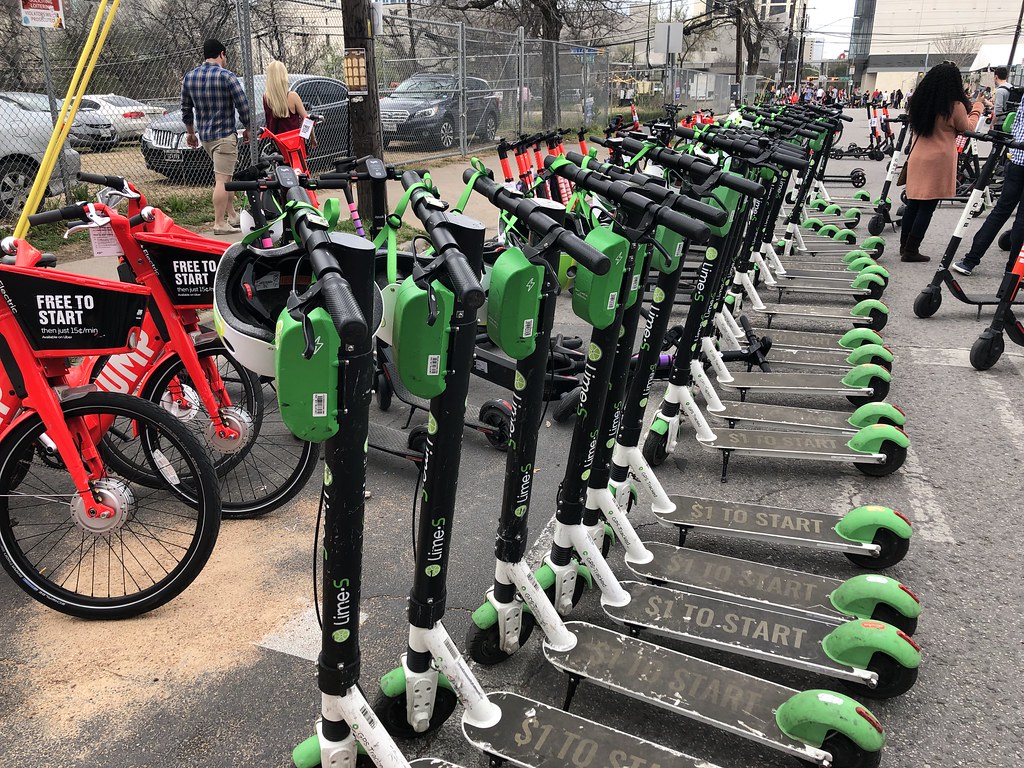
5. **Storage Savvy: How to Store Your Scooter for Longevity**Okay, so you’re not using your scooter for a while. Perhaps it’s the off-season during winter, or maybe you’re embarking on a long vacation. How you store your electric scooter when it’s not in active use matters immensely, often as much as your daily charging and riding habits. Proper storage can be the difference between a battery that springs back to life effortlessly and one that has suffered irreversible damage, requiring costly replacement. This section will guide you through the best practices for safeguarding your battery during periods of inactivity.
Here’s a crucial pro tip that can make a substantial difference: never store your scooter with a fully charged or a completely empty battery. As emphasized earlier, both these extremes can be detrimental to the long-term health of the battery cells. A fully charged battery, especially when stored at higher temperatures, can experience increased internal pressure and chemical stress. Conversely, a completely empty battery risks entering a state of “deep discharge,” which can lead to permanent damage and make the battery unable to accept a charge again. The true sweet spot for long-term storage is to have the battery charged to approximately 40-60% of its capacity. This charge level minimizes stress on the battery cells, preventing excessive degradation during dormancy. It’s akin to putting your car in neutral for storage – it’s not straining the engine or depleting the fuel, but rather maintaining a stable, low-stress state.
Beyond the charge level, the physical location where you store your scooter is just as critical. Avoid damp or humid environments at all costs, as moisture can lead to corrosion of battery terminals and other sensitive electronic components, potentially causing shorts or other irreparable damage. Similarly, direct sunlight and extreme temperatures, both hot and cold, should be meticulously avoided for the reasons discussed previously regarding heat and cold exposure. An ideal storage spot is a cool, dry place with stable temperatures, well within the recommended operating range. A garage, a basement, or even a closet within a temperature-controlled room can work exceptionally well, providing the necessary protection. Think of it as finding the perfect, safe shelter for your scooter to weather the storm of inactivity – a place that is dry, secure, and protected from the harsh elements.
Finally, even if your scooter is tucked away for an extended period, it’s a good idea to perform periodic check-ins. Every few months, take a moment to inspect the battery level. If you notice that it has dropped below the recommended 40% mark, take the time to top it off to within the 40-60% range. This simple act helps prevent the battery from completely discharging over time, which, as mentioned, can cause irreversible damage and reduce its overall capacity. These regular, small acts of care and attention are much like checking in on a houseplant while you’re away – a little consistent care can go a very long way in keeping it healthy, functional, and ready to perform when you eventually bring it back into active service. This proactive approach ensures your battery remains primed for action, even after prolonged storage.

6. **Riding Habits: Smooth Moves for a Happy Battery**While we often focus on charging and storage, the truth is that how you actually ride your electric scooter also plays a significant, albeit often overlooked, role in the health and longevity of its battery. Your riding style directly influences the demands placed on the power system, and subtle adjustments can translate into substantial benefits for battery lifespan. Don’t believe me? Let’s explore how your ride style truly affects battery health.
Firstly, consider the impact of your acceleration and braking techniques. Aggressive acceleration, characterized by rapid bursts of speed, and hard braking put a considerable amount of strain on the battery. Rapid acceleration demands a sudden, high surge of power from the battery, which can generate internal heat and stress the cells. Similarly, sudden braking, while crucial for safety, can also generate heat and put undue stress on the regenerative braking systems, which in turn affect the battery. Over time, these aggressive habits can accelerate battery degradation. Instead, aim for smooth, gradual acceleration and anticipate stops well in advance to avoid harsh, abrupt braking. This approach isn’t just about battery care; it’s also a safer and more comfortable way to ride, much like driving a car – smooth, controlled movements are not only safer but also more fuel-efficient and significantly kinder to the engine and its components.
Secondly, weight truly matters when it comes to battery strain. Every electric scooter is designed with a specific weight limit for a reason. Exceeding that maximum recommended limit puts an undue and amplified strain on both the motor and, consequently, the battery. This increased workload forces the battery to deliver more power than it’s optimally designed for, reducing overall performance, draining the charge faster, and accelerating wear and tear on the cells. Therefore, it’s essential to be mindful of your own weight and to avoid carrying excessively heavy loads that surpass the scooter’s stated capacity. It’s a simple mechanical principle: asking a small engine to consistently pull a heavy load will inevitably cause it to struggle, overheat, and wear out much faster than if it operates within its intended parameters.
Lastly, the terrain you frequently navigate impacts battery health. Constantly riding uphill or repeatedly traversing rough, uneven terrain requires a significantly greater amount of power from the battery, placing additional stress on its cells. The motor has to work harder to overcome resistance, which in turn demands a higher, more sustained power output from the battery, generating more heat and depleting its charge more rapidly. If possible, try to choose routes that are relatively flat and smooth, as these demand less from your scooter’s power system. If you must ride uphill, try to maintain a steady, moderate speed and avoid excessive, sudden acceleration, which compounds the strain. It’s like choosing an easier path for a hike instead of a steep climb – it’s less demanding on your energy reserves and allows you to conserve power, ultimately extending the life of your battery by reducing the constant high-stress demands placed upon it.


